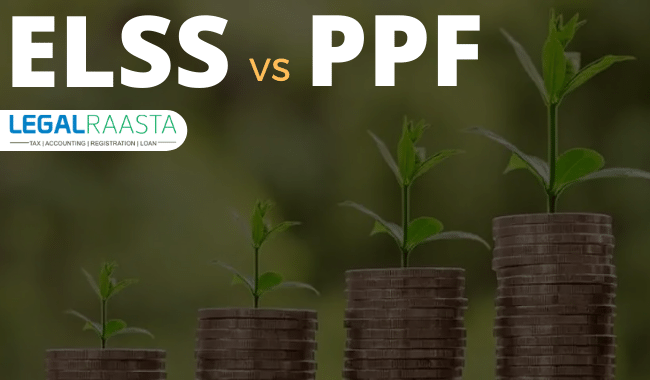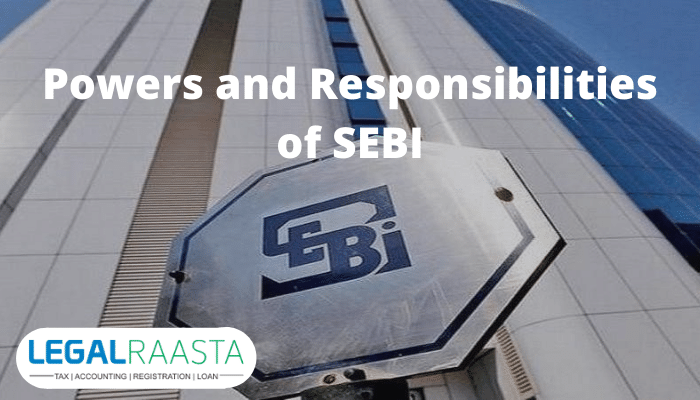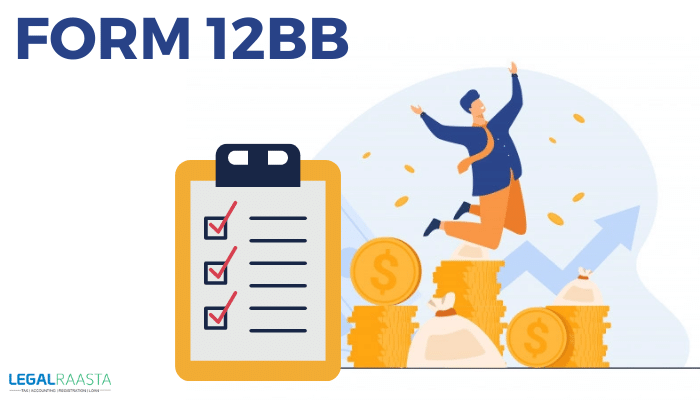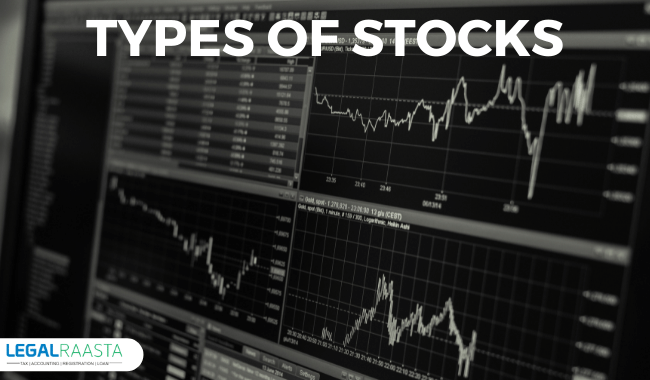Difference Between ELSS and PPF | ELSS vs PPF
Many people wonder whether of the two tax-saving options, ELSS or PPF, is the better. There is difference between ELSS and PPF in terms of tax savings and returns.
Both ELSS (Equity Linked Savings Scheme) and PPF (Public Provident Fund) help you save taxes, although they differ in a number of ways. ELSS investments are based on equity and have a higher level of volatility than PPFs, which are debt instruments with low volatility. Under Section 80C of the Income Tax Act, 1961, you can claim a maximum deduction of INR 1.5 lakh with both ELSS and PPF.
What are ELSS funds?
Equity Linked Savings Scheme or ELSS is a tax-advantaged mutual fund that helps you save money on taxes while also building long-term wealth.
ELSS funds invest largely in equities and equity-related securities to generate returns. As a result, it’s a good investment for someone with long-term aspirations.
ELSS is the finest investment option when compared to other options with tax deductions under Section 80C of the Income Tax Act, 1961 because it combines the maximum gain of 12 percent and higher with the shortest lock-in time of 3 years. Plus, by investing as little as INR 500 each month, you may build a diverse equities portfolio.
What exactly is a PPF investment?
Public Provident Fund or PPF is a loan instrument backed by the Indian government that can be used to fund long-term financial goals such as children’s education and retirement preparation. Tax deductions of up to Rs 1.5 lakh can be claimed on PPF investments under section 80C.
PPF has a lengthier lock-in term of 15 years, which can be extended for another 5 years, however there is an option to withdraw early starting in the 6th year
You can also take out a loan against your PPF account, which is allowed from the third to the sixth financial year. The loan amount is set at 25% of the outstanding sum from the previous two years, with a 36-month repayment period.
Comparison between ELSS and PPF.
| Parameters | ELSS | PPF |
| Risk
|
ELSS funds, invest in equities and equity-related products and are subject to market risks, making them a superior investment alternative for individuals ready to take on volatility in exchange for long-term rewards. |
The Public Provident Fund is less risk. Because the PPF is backed by the Indian government, it is a low-risk investment. As a result, they are a better investment alternative for those who are extremely risk-averse. |
| Returns
|
The rewards on ELSS are subject to market fluctuations. ELSS funds have historically delivered annualized returns of 12 percent or more over three years. | The rate of interest on PPF investments is set by the Indian government, with the current rate of 7.9%. |
| Taxation on Returns
|
Gains of more than INR 1 lakh are considered long-term capital gains under ELSS and are taxed at a rate of 10%. | PPF investments provide a tax benefit in the form of tax-free returns. You can use Scripbox’s PPF calculator to estimate the returns and maturity. |
| Lock-in Term
|
The lock-in period for equity linked savings schemes, or ELSS, is only three years. You can, however, keep the investment for a longer period of time. | PPF investments have a 15-year lock-in period, with the option of making a partial withdrawal after the first five years. |
| Time Scale
|
There is no time limit on ELSS investments, so you can keep investing for as long as you choose. | In a PPF account, you can invest for 15 years, with a 5-year extension option. |
| Predictability | ELSS funds are invested in the stock market and are exposed to market volatility and changes. | PPF funds are invested by the government, and you can earn a fixed interest rate. As a result, there is no risk of volatility. |
| Offered via | ELSS is a type of mutual fund that is managed by a fund manager and offered by a mutual fund firm. As a result, you can invest directly through the AMC’s website, online investing portals, or Demat and registrars. | Provided PPFs are available through banks and the post office. To invest, you must first open a PPF account and then go through a KYC process. Furthermore, you can open a joint PPF account with and for a minor. |
| Contribution
|
Systematic Investment Plans are the monthly payments in ELSS (SIP). You can start investing in SIP with as little as INR 500 and there is no limit to how much you can invest.. | The minimum investment amount in a PPF is INR 500. The maximum, on the other hand, is INR 1.5 lakhs every financial year. |
| Premature Withdrawal Facility
|
In ELSS account you cannot withdraw money until the three year lock in period is over | In PPF account you can withdraw money after 5 years of investment |
Which is better: a PPF or an ELSS?
It is up to you, as a taxpayer and investor, to decide what your investment goal and financial plan are, how much risk you are ready to take, and, most crucially, the time frame you have available. You should also keep the possibility of a premature withdrawal in mind. If you need money during the investment period, the PPF provides a partial withdrawal window as well as the option of taking out a loan. After the 5-year lock-in period, you can withdraw 50% of the funds or take out a loan in the third year.
Finally, before deciding on one or both solutions, think about your financial plan and aim, as well as the results you expect. Before making an investment decision, think about the differences between ELSS and PPF.
Is the Public Provident Fund (PPF) still a viable investment option?
Other tax-saving investment plans include tax-saving fixed deposits, NPS, NSC, Sukanya Samriddhi Yojana, and others that fulfil a variety of investment objectives. Sukanya Samriddhi Yojana, for example, is a scheme aimed at ensuring the future of a girl kid. While NPS is a retirement benefit plan-focused scheme.
Tax-advantaged fixed deposits, on the other hand, are better suited to investors looking for a low- or no-risk investment alternative. As a result, PPF can help investors achieve their long-term objectives. To summarise, an investor must select an investment option that best meets his or her objectives, financial plan, risk tolerance
Also, read









